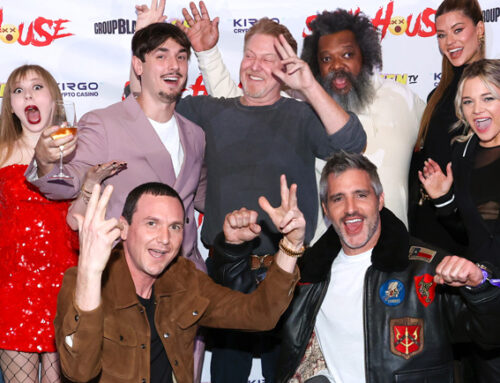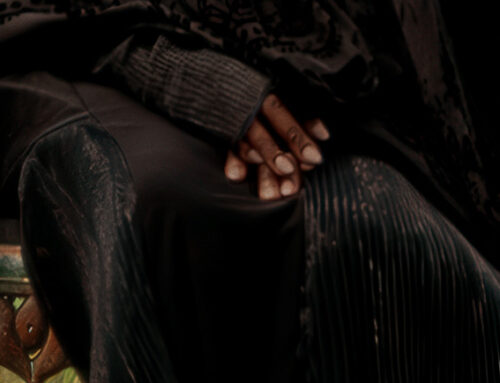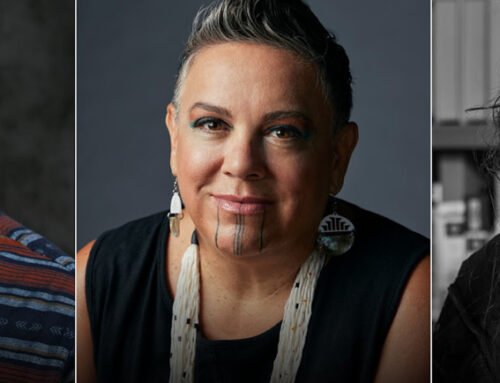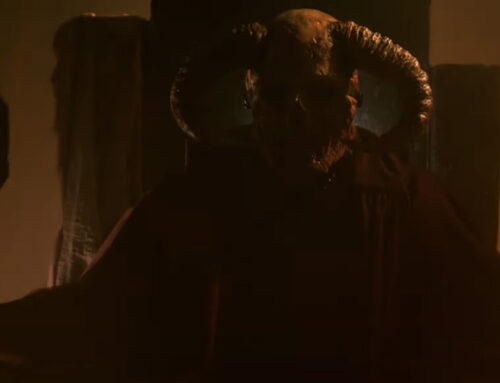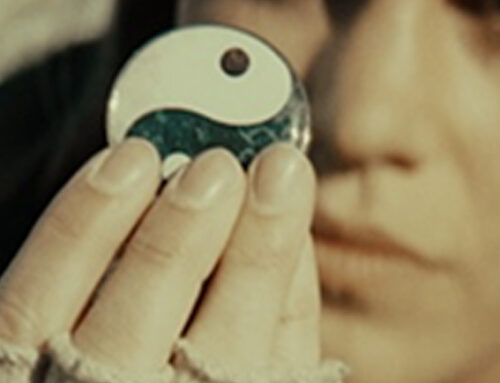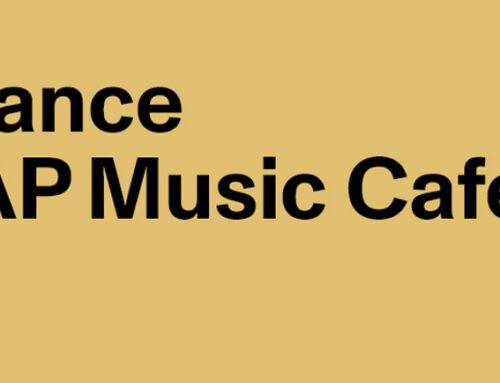The first half of October saw no shortage of horror films being released with titles such as Pet Sematary: Bloodlines, Totally Killer, Appendage, The Exoricst: Believer and V/H/S/85 hitting theaters and streaming platforms. Another title worth highlighting is The Jester, which was just released by Epic Pictures’ DREAD label. The film is based on a series of shorts that originated in 2016 and went viral on Youtube, garnering over 30 million views. In case you arent familiar with the film, the description reads: “After the recent death of their father, two estranged sisters find themselves being stalked by a malevolent being known as The Jester. Revealing himself to be more than just a man in a mask, the evil entity begins to further torment the inhabitants of this small town on Halloween night. The path to defeating this unholy monster lies with the two sisters who realize that the only way to survive is to figure out how to right the wrongs of their dark past.”

The Jester writer/director Colin Krawchuk breaks down what it takes to turn a short film into a feature, discusses Eduardo Sánchez, co-creator of The Blair Witch Project, serving as one of the film’s executive producers and much more in the below interview.
–The Jester started out as a series of short films. Did you always want to make a feature out of the shorts? If not, how did that come about?
Once the Jester short films started gaining popularity, that question was asked often. So we would have conversations about it, but the conversations would always end in the same place: “It would never work.” The Jester was made for short films, and out of all the short film ideas we’d had over the years, The Jester was not high on the list of those we’d want to turn into a feature. Of course, I regret not giving it more thought now! Years later, I got the call from Epic Pictures with the offer to turn The Jester into a feature film. And when you get that call, you say “yes”!
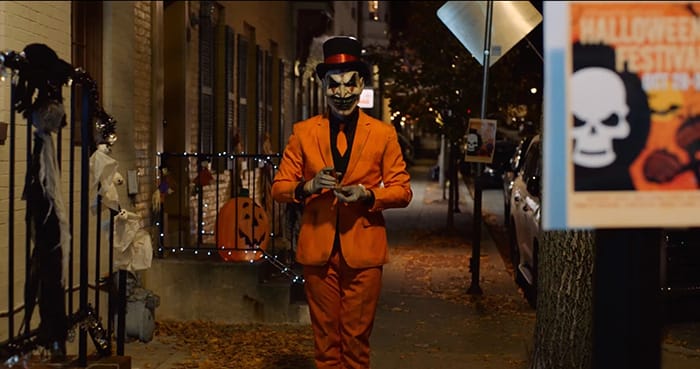
–The Jester is a silent slasher villain, which is interesting. Was it difficult directing him just through his movements?
I imagine everything has to be very exaggerated. Some of the most fun I’ve had directing is figuring out what the Jester’s movements are. Mike and I work together to choreograph each of his movements, to the point where we’re both basically performing it. The Jester’s attitude and physicality are very specific, and it’s nice to have someone else who understands it actually in the suit.
-The Halloween carnival scene is very impressive with a lot going on. What was key to shooting that scene for you?
Time! Time definitely became our most precious commodity on set, and moving through that scene with all the extras and activity while trying to keep on time happening proved to be a substantial challenge. Another key thing to shooting that scene was atmosphere. It’s a fun challenge to try and give your film flavor and color it with atmosphere, which is something strangely intangible but very obvious when it’s absent. I think this scene goes a long way in adding that.
-Do you have a favorite, behind the scenes memory from The Jester set you would like to share?
There are too many memories to choose from, but there was a specific feeling I wanted to recognize when making The Jester. Since it was my first feature, it might be specific to this film. Occasionally, I would try to step outside the hectic whirlwind of production and take a moment to look around at all the talented people working too hard to make this movie happen. It had been something that I had just made up and wrote down on a piece of paper, and now people are here, staying up through the night, freezing, all trying to bring this movie to life. It was a humbling and validating experience, and one I hope to never take for granted. That was a favorite memory.
-Eduardo Sánchez, whom was the co-creator of The Blair Witch Project, served as one of the film’s executive producers. What got him interested in the project?
Good question! I know the shorts were brought to him through Epic Pictures and Cinematic Productions, but it’s not a bad feeling when Ed Sanchez wants to help your movie get made.
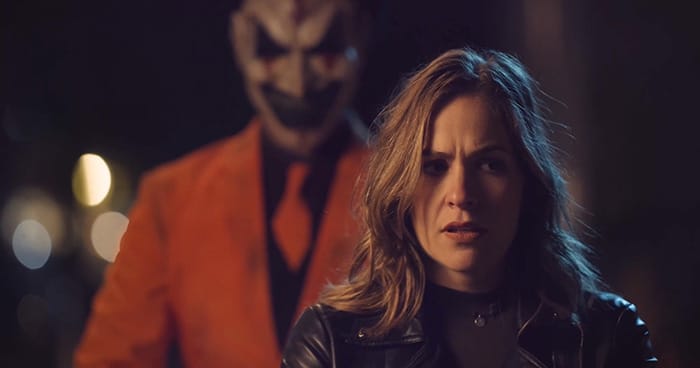
-Did Eduardo give you any advice on making the film that particularly stuck out to you?
There was a period in the scriptwriting process where notes were coming back saying to add more “lore” about the Jester, and really get into backstory details. I tried my best to satisfy those notes in a way I was happy with, but it always felt derivative and was against what I thought made the Jester interesting. I had a meeting with Ed after he read the script, and one of his notes was “There’s too much lore here. The Jester is scarier when he’s more of a mystery.” It was such a satisfying thing to hear, because it’s what I’d wanted since the beginning. But now I had a pretty substantial second opinion.
-I know that you wrote The Jester short before the first Terrifier was released, but did seeing the success of that film prompt you to want to make The Jester into a feature?
I think it actually had the opposite effect on me. I wasn’t aware of Terrifier or Art the Clown when making The Jester short films until the comments started coming in. Even then, I didn’t watch the first movie until I got the offer from Epic to make this feature. I’ve always wanted the Jester to be his own thing. When the comparisons start rolling in, you start to question your decisions and preemptively wonder if what you’re making is derivative or not. I think it’s a dangerous place to be, creatively because you start trying to anticipate audience reactions to things rather than just telling the story you want to tell. -Now that The Jester has been released, are you working on another horror film? I am, and I’m looking forward to taking all I’ve learned from making my first feature and applying those lessons to my next project.

